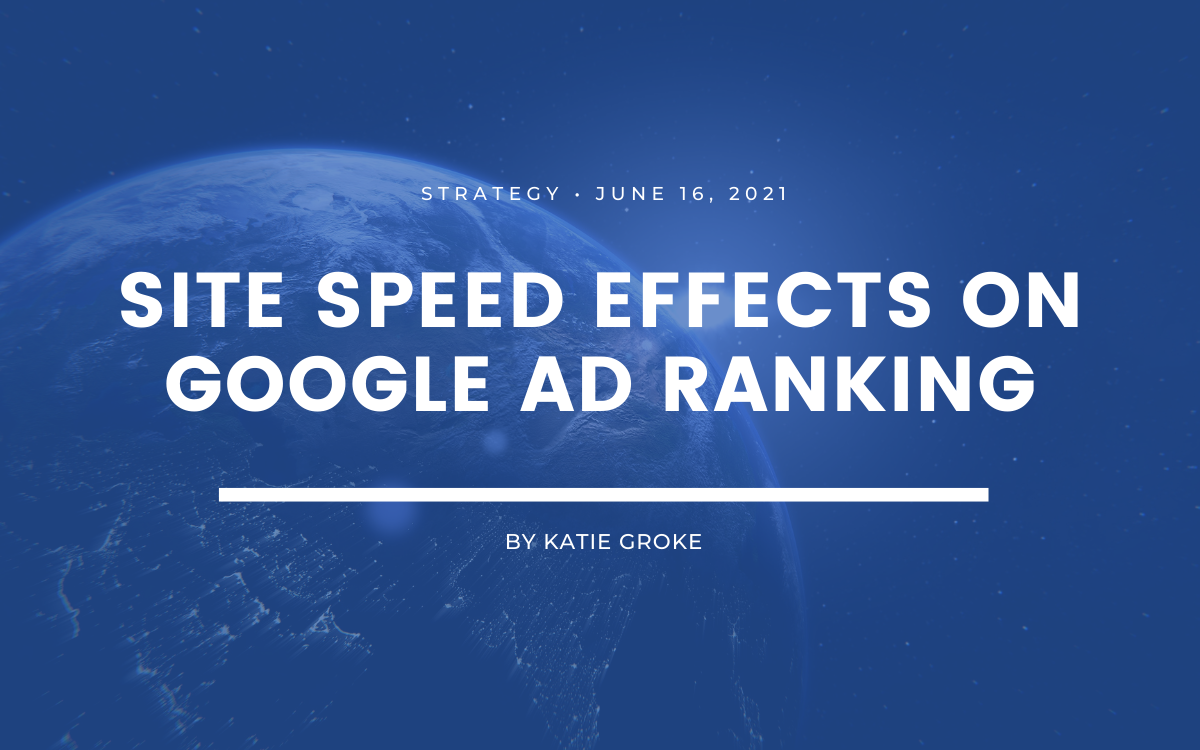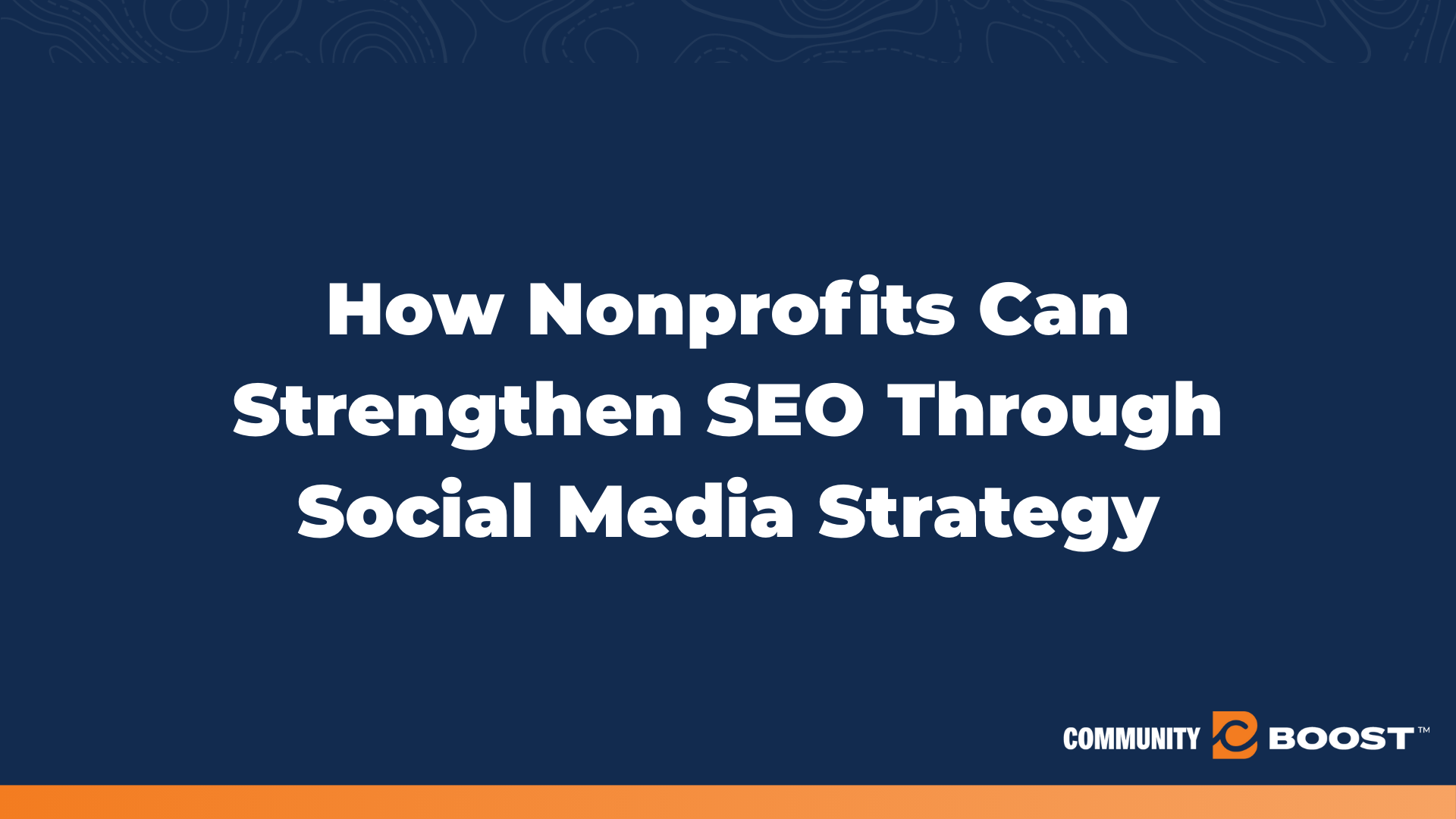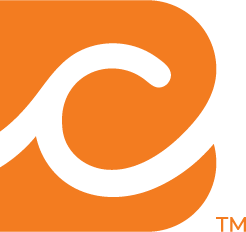Site Speed Effects On Google Ad Ranking
2 min to read ✭ In this post, you'll learn why site speed is important, how it may be affecting your Google Ads, and how to improve it.
What is Site Speed?
Site speed is exactly what it sounds like, it’s the speed at which your site loads. Each page on your website loads at a different rate and search engines take the average of these speeds into account when determining organic and paid search ranking.
How Does Site Speed Affect My Ads?
Site speed is taken into account when determining a user’s landing page experience. Landing page experience along with click-through rate and ad relevance affect the quality score of your ad. The better quality score you have, the better ranked and less expensive your ad will be. Imagine a user goes to your webpage and it takes a long time to load. That user will likely leave impacting your bounce rate and indicating Google that the user had a poor landing page experience.
How Do I Measure Site Speed?
Google has numerous tools available to measure your site speed. PageSpeed Insights is very easy to use by just adding your web address into the search bar. The tool gives you a breakdown of opportunities and potential changes to your site that you can make to improve site speed.

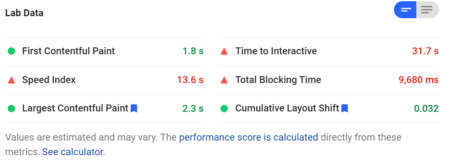
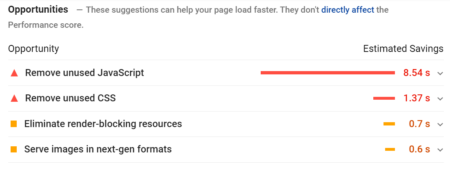
What Can I Do to Improve Site Speed?
Luckily, site speed is something you have direct control over that can improve your Google Ad experience whereas with other metrics you only have partial control. After conducting your speed through a program like PageSpeed Insights, you can go through the suggestions they give and implement the ones that you are willing and capable to do to your site. Here are our top four suggestions:
Remove Unnecessary Plugins
On WordPress especially it is common to have multiple plugins that aren’t doing anything. Comb through your list and remove the ones that are not completing a task for you.
Remove Scripts from Pages Where They Are Not Needed
Scripts for collecting form information can slow down your site speed. If you’re only collecting form information on, say two of five of your site pages, only run that script on those two pages that are collecting form information.
Enable Caching
Caching allows elements of your site to be saved on users’ browsers so that when returning users visit your site their browser already has partial data and will be able to load faster.
Reduce Image Sizes
Images can get BIG and big files take longer to load. With web design trends leaning towards image-focused pages it is important to make sure that your images load quickly with the rest of your page. Depending on which web host you check with suggested file size varies, but sizes less than 500 KB seems to be the best option and images do not need to be high resolution.


